Taxes and regulations are always politically motivated and they are almost always crafted to meet some perceived lapse in equity or fairness. The only exception is when a tax or regulation is used to overcome what economists call a market failure, meaning a failure to achieve efficiency. Basically, a market fails when the private sector either under-provides what society would prefer more of (e.g., new infrastructure to increase mobility) or over-provides what it wants less of (e.g., air pollution from fuel exhaust).
For-hire carriers and consignors of freight might consider fuel exhaust to be an unfortunate by-product of moving items to destinations where they are more valued. But others who are not a part of that freight market, yet are directly affected by the pollution, might see it as an unwanted cost that they deserve to be compensated for. The market fails to provide this compensation unless the for-hire carriers and/or the consignors are legally required to do so. It is on that basis that government attempts to correct these market failures by taxing or regulating the participants in the market responsible for generating the external effects of pollution.

There are numerous examples of market failures in transportation. A prominent one would be the “public good” aspects of roads. Could we have reasonably expected our current network of highways, roads, bridges, tunnels and sidewalks to have been built by the profit-seeking private sector? If so, then imagine all of these being subject to a tangle of different toll charges by their private sector owners. Would any cluster of nearby road owners be able to cover their costs if they were competing against each other for traffic? If not, it might take local monopolies or oligopolies to cover their costs; but then such companies might over-charge their captive markets. The fact that markets fail because of problems like this means that society tends to leave the bulk of public construction to government control. Governments have the legal right to tax and, therefore, to force payment whether or not the taxpayer actually uses the road.
Transportation is a very rich area of study and it contains interesting surprises. For example, some markets we might think of as prone to failure need not fail. Consider a famous example from the economist Ronald Coase. It concerns a privately owned lighthouse. Its role is to help ships navigate at night while on their way to a port-of-call some distance away. Surely that is a market prone to fail. How can the lighthouse owner receive compensation from the ships for the valuable service rendered? Other than altruism they have no incentive to pay. If that is the case, we would expect fewer lighthouses to be built and the market for water-based shipping to be less safe as a result. But Coase suggested that the lighthouse owner could simply work out a deal with the port-of-call owner to increase the dockage fee by some amount (to be shared between them of course) to compensate for the lighthouse’s operation. This insight relieves the government from instituting taxes and regulations to try to improve the market. Assuming there are incentives for the parties to come together and negotiate, the results are more efficient than relying on the government to impose a tax or regulation.
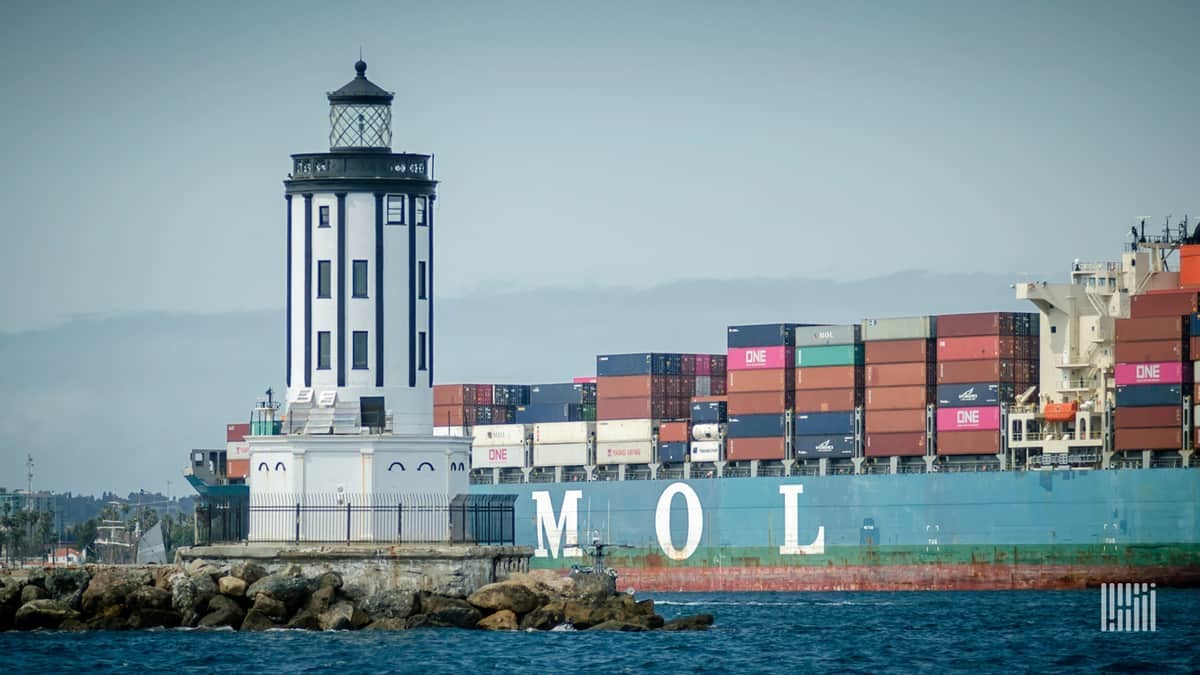
Some markets we think of as having already failed may actually provide a benefit to others. Since government-owned public transit is subsidized to the point where fares barely cover a fraction of the operating costs, it might be said that public transit is a failed market. Could a privately run transit company survive outside of highly populated, densely packed urban areas? Probably not. On the other hand, the government’s propped-up transit market does relieve traffic congestion that would otherwise occur if riders were forced to switch to private automobiles and carpools. This government-controlled monopoly of buses and exclusive bus stops allow commercial transportation to be more efficient because it reduces the number of automobiles on urban roads. In effect, taxpayers (most of whom do not use public transit) are cross-subsidizing the fares to give riders (and especially the poor) better options for mobility and access to jobs. Of course, the amount of public transit subsidy is a political question because the money has to be taken from somewhere.
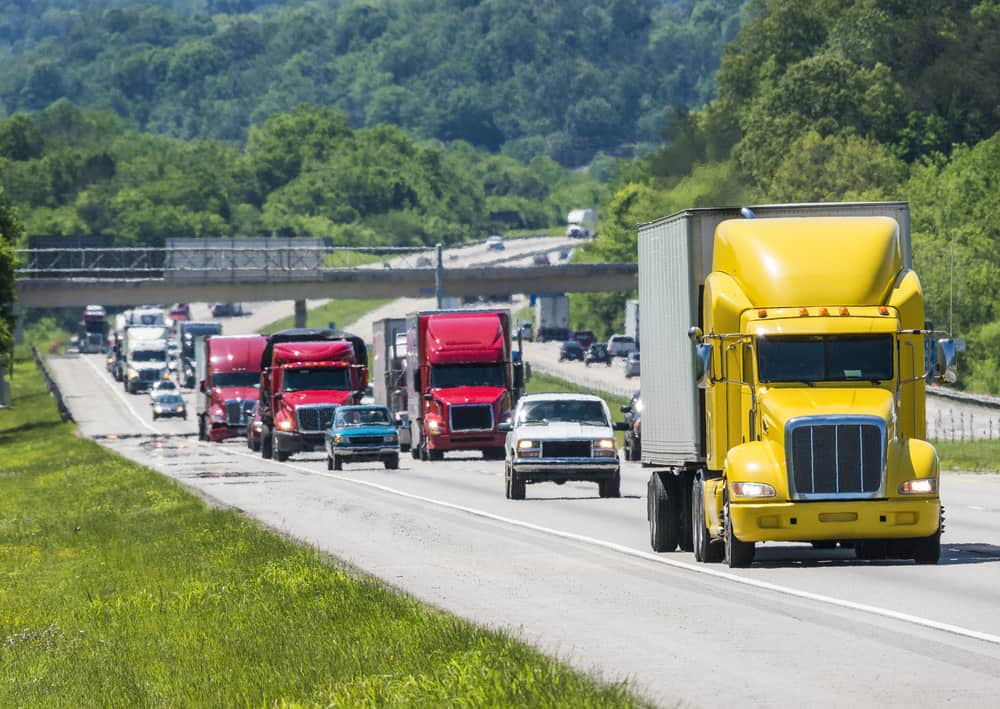
commute times. (Photo credit: Shutterstock )
When it comes to publicly provided highways, roads, etc., all users (i.e., drivers and passengers) are in it together. Certainly, all for-hire trucks and the consignors of their freight are in it too. They share an infrastructure that needs further investment and repair. This is most noticeable for highway bridges. Of the 612,000 bridges across the United States, about 10% are structurally deficient and 14% are functionally obsolete. These proportions will increase over time if nothing is done.
In the midst of recent proposals for public-private partnerships to build new infrastructure and finance it through tolls (with some targeted on for-hire trucks) the American Trucking Associations (ATA) is on record proposing a long-neglected option. It proposes raising the federal tax rate on fuel. All vehicles would pay it at the pump and, furthermore, the administrative system to collect it is already in place. Tolls, on the other hand, tend to have higher administrative costs because they do not piggy-back on the prices at the pump and they do not have the administrative economies of scale that a nationwide, fixed-rate fuel tax does.
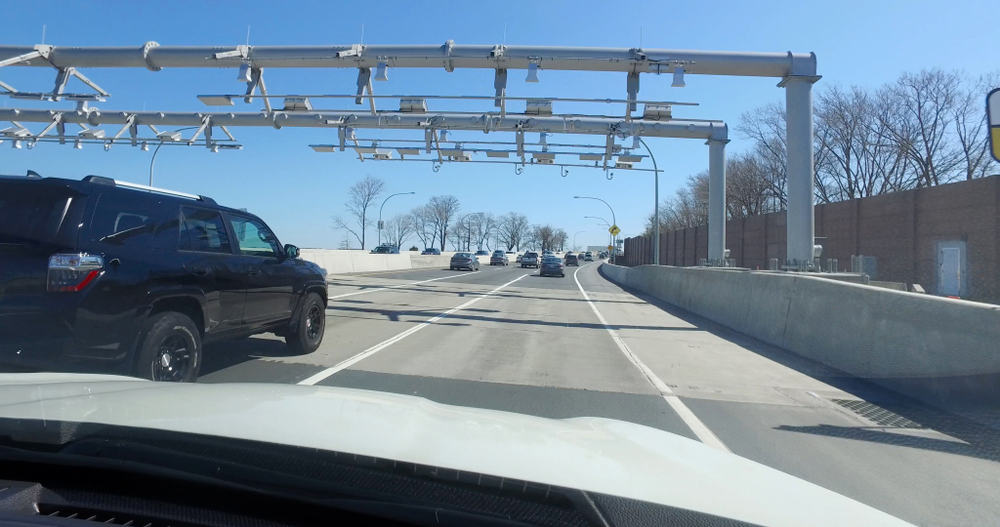
(Photo credit: Shutterstock)
Introduced at one cent per gallon in 1932, yet unchanged since 1993, the federal fuel tax is now 18.4 cents per gallon for gasoline and 24.4 cents per gallon for diesel fuel. Technically, one could add another tenth of a penny to both since it is piggy-backed by another federal tax, established in 1986, paid into the Leaking Underground Storage Tank (LUST) trust fund. Of course, all 50 states have their own taxes of gasoline and diesel fuel and the national averages per gallon are 29.7 cents for gasoline and 31.5 cents for diesel fuel.
The federal fuel tax contributes about 90% of the revenue that goes into the federal Highway Trust Fund (HTF), which was established in 1956. Since then, 100% of all federal fuel tax revenue goes into the HTF and appropriations are earmarked for the maintenance and construction of interstate highways as well as providing some assistance for urban roads in order to improve public transit. However, as part of an omnibus budget bill in 1990, the tax was increased by five cents per gallon with 2.5 cents going into the HTF and the other 2.5 cents earmarked for reductions in the federal budget deficit. So the fuel tax, while mostly a user fee, became a source of general revenue to cover government spending in a variety areas outside of transportation. This was short-lived, however, because the Taxpayer Relief Act of 1997 removed the earmark to general funds and restored the fuel tax revenues to the HTF exclusively.
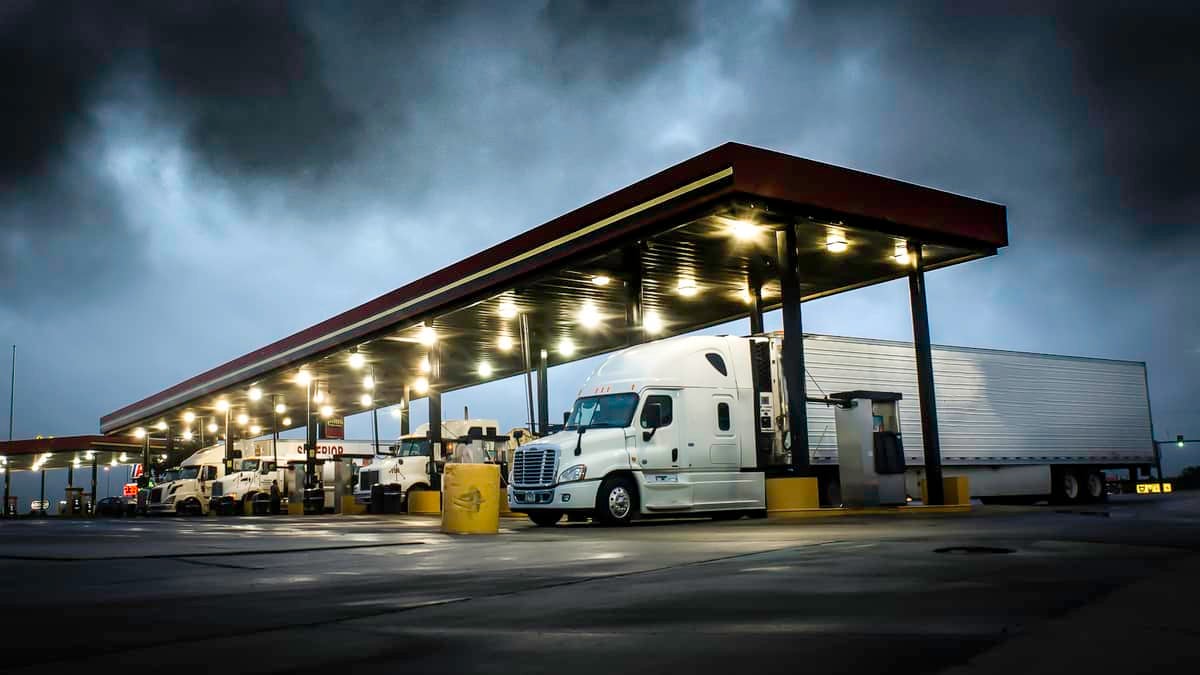
At the federal level, since 1993 at least, the two fuel taxes have been a very good deal for drivers given that they have not even increased to keep up with price inflation. If they had been indexed to the Consumer Price Index, for example, their respective amounts today would be about 32 cents per gallon and 43 cents per gallon. Early in 2018 the U.S. Chamber of Commerce weighed in with a proposal to raise the fuel tax by 25 cents per gallon (i.e., five cents per year over five years). Of course, the current political mistrust on both sides of the aisle has prevented a major infrastructure bill from getting through Congress. But sooner or later the infrastructure problem will have to be fixed because neglect only makes it worse.
It is true that the fuel tax is regressive, since it is a fixed rate for all users with no check on one’s W2 form at the pump. Of course, there are two ways to increase tax progressivity: raise the funds from the already labyrinthine income tax; or provide a fuel tax credit for poorer users. The effective income tax rate on richer individuals can be manipulated and lowered through a clever application of the tax code which defeats some, or perhaps most, of any gains from supposed progressivity. Tax credits, on the other hand, can be targeted to benefit just the poor. In any case, now is the time for a brisk and imaginative debate over the rival taxation principles of user-pay versus ability-to-pay.
Bear in mind that doing nothing about the current state of our infrastructure is regressive too. The cost of vehicle wear and tear on subpar roads and the burning of fuel while stuck in traffic jams is proportionally harder for the poor to bear.
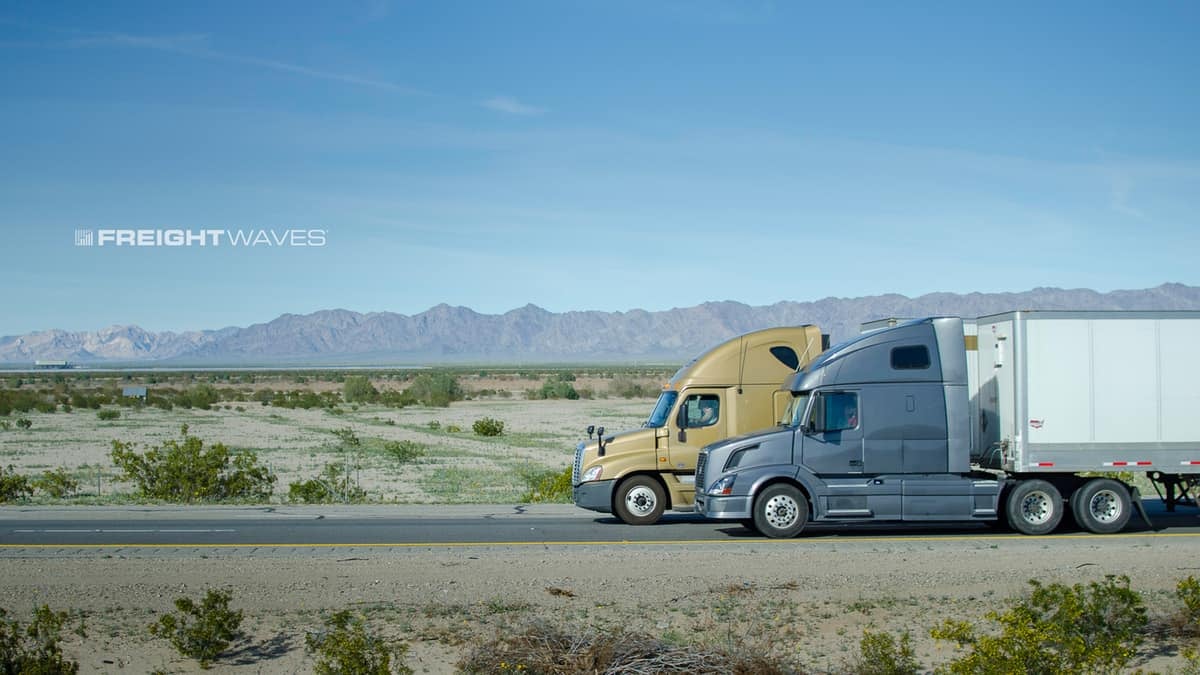
While all for-hire trucks would directly pay any fuel tax increase, would they bear it equally? Not likely. The tax increase would be on a per gallon basis, so trucks with newer engines that burn less fuel per mile would, therefore, have a lower tax burden per mile. Established trucking companies with dedicated shippers and experience in using the spot market to fill capacity and backhauls could earn more revenue per mile and lower their net fuel tax burden per mile. If the for-hire carrier has some degree of market power, it could build a fuel surcharge into its freight rate and pass some or all of the fuel tax on to the consignor. Finally, those with the ability to invest in hybrid or fully electric trucks would be partially or fully exempt from the fuel tax and, in effect, enjoy a free ride on the infrastructure benefits paid for by other users.
Those likely to absorb the tax would be smaller owner-operators trying to play the spot market or those in the role of agent (i.e., independent contractor) to the larger trucking companies when the latter need to top-up their fleet capabilities. In this light, the ATA’s advocacy for a higher fuel tax is not akin to Warren Buffett lamenting that his tax burden is less than his secretary’s (though that is simply due to the way the tax code treats Buffett’s capital gains vs. his secretary’s wage-based income). The tax code is a tangle of political intrigue subject to the shifting power of industry and consumer lobbyists. The ATA represents numerous large for-hire trucking companies, and it is not lobbying for a higher fuel tax just to increase the tax burden on its most prominent members. Large companies with market power are adept at shifting tax burdens onto others.
But what about the external effects of road usage? Well, the fuel tax was designed to finance roads but not their external effects. The LUST tax, as administered by the Environmental Protection Agency (EPA), certainly covers the negative external effects of fuels leaking into the ground. However, there is no federal earmark to any external effects arising from road usage. Air pollution, CO2 emissions and accident-related healthcare costs attributed to wasteful and unsafe driving represent another facet to add to the political debate. Rebuilding infrastructure and rebuilding political discourse must go hand in hand.











